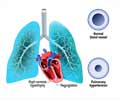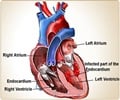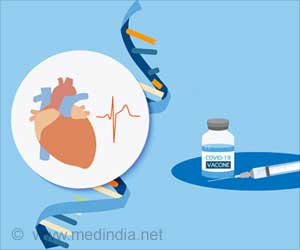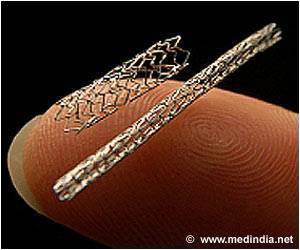Heart failure in children is an important cause of childhood health problems and death.

Heart failure is a clinical syndrome in which the heart fails to pump blood adequately to meet the requirements of the body's organs. In children this may be present at birth or develop at any stage of childhood or adolescence. The main causes in developed countries are primary cardiomyopathies, or diseases of the heart muscle (which account for 60% of children requiring a cardiac transplant), and congenital heart diseases. The incidence of primary cardiomyopathy in developed countries is reported to be between 0.8 and 1.3 cases per 100,000 children up to the age of 18, but is ten times higher in infants up to one year old. Congenital heart disease occurs in nearly one percent of live births. Only a small percentage of these defects however are severe enough to result in heart failure during childhood.
Other causes of heart failure include systemic processes such as inflammatory diseases, metabolic disorders, endocrine derangements, and kidney disease, which result in an unknown number of cases. Ten to 14 thousand children are hospitalized every year in the United States with heart failure as one of their diagnoses. Of those, about 27% (approximately 3,000) have abnormalities of the heart muscle (including irregular heart rhythm) as an underlying cause.
On a global scale, parasitic infection, nutritional deficit, and rheumatic heart disease are the main causes of heart failure in childhood.
The symptoms of heart failure in children differ from those in adults. Two unique clinical features of heart failure in children, say the guidelines' authors, are the possible coexistence of structural congenital heart lesions, with simultaneous over-circulation to the lungs, and under-perfusion to the body (when the two circulations are linked in parallel by an intracardiac shunt or a patent arterial duct); and a change in symptom complexes over time from infancy through adolescence. In infants and young children, these are mainly respiratory and feeding difficulties.
The guidelines group makes five recommendations to help physicians detect heart failure in children; 16 recommendations to assist in the diagnosis; and 10 recommendations for the early management of heart failure to bring it under control. The guidelines also include a table summarizing the typical features of heart failure in children, using the New York Heart Association (NYHA) and Ross classifications of functional class, and a helpful algorithm defining the treatment options for managing heart failure.
Source-Eurekalert
 MEDINDIA
MEDINDIA


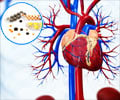

 Email
Email




